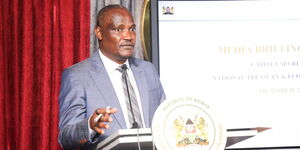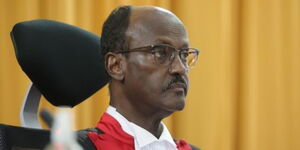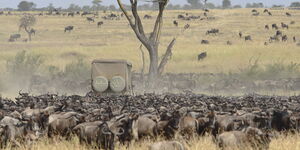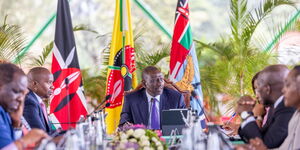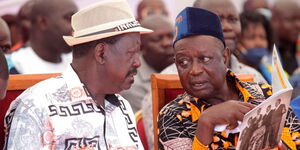President Uhuru Kenyatta on Monday, March 23, announced the approval of the rollout of Google's internet air-balloon service, Loon, in Kenya to enable universal 4G data coverage in the country.
The head of state announced that the Kenya Civil Aviation Authority (KCAA) has signed an agreement with Google Loon that allows Loon Balloons to fly over Kenyan airspace carrying 4G base stations with a capacity to provide wider internet coverage.
"As the government encourages social distancing as a way of tackling the spread of the Covid-19 virus, daily life as we know it has been disrupted. This new initiative is a means of combating that disruption and ensuring the general population's productivity remains unhindered.
“To foster communication and ensure Kenyans retain and enhance remote access to the offices and enterprises, my administration has granted approvals that will ensure Universal 4G data coverage throughout Kenya’, the president stated.
The latest development is aimed at enabling Kenya to retain her competitive advantage in ICT and innovation amid the Covid-19 crisis while laying the foundation for further expansion once the outbreak is contained.
The commercial service, expected to be rolled out once the balloons are available in the Kenyan airspace, will also boost online learning as it will allow teachers and students to access education materials remotely.
Following the closure of all learning institutions, the ministry of education unveiled an online curriculum that learners can access through a host of mediums ranging from radio to YouTube. Learners, especially in rural areas, will breathe a sigh of relief as they will now be able to continue learning from the comfort of their homes.
More urgently, the service will enable CT scans interpretation across the 47 counties, enabling quick diagnosis of Covid-19 suspected cases - this coming with a backdrop of the Sunday, March 22, unveiling of a telemedicine technology centre at Kenyatta National Hospital, a first for Africa.
Project Loon
Loon is a network of stratospheric balloons designed to bring internet connectivity to rural and remote communities worldwide. The high-altitude balloons in the stratosphere (altitude: 18km to 25km) create an aerial wireless network with up to 4G-LTE speeds.
Users connect to the balloon network using a special internet antenna attached to their building. The signal travels from balloon to balloon, then to a ground-based station connected to an Internet Service Provider (ISP).
A single balloon can provide internet connectivity to a population in an 80km-diameter area. The balloons, powered by a solar panel, travel along the edge of space, to expand Internet connectivity to rural areas, fill coverage gaps, and improve network resilience in the event of a disaster.
The Communications Authority had in November 2018, approved the project that saw Loon open a ground station in Nyeri in 2019 readying for the commercial launch. In December 2019, Google Loon had signed an agreement with the Government of Uganda as it worked towards extending the service to the region.

